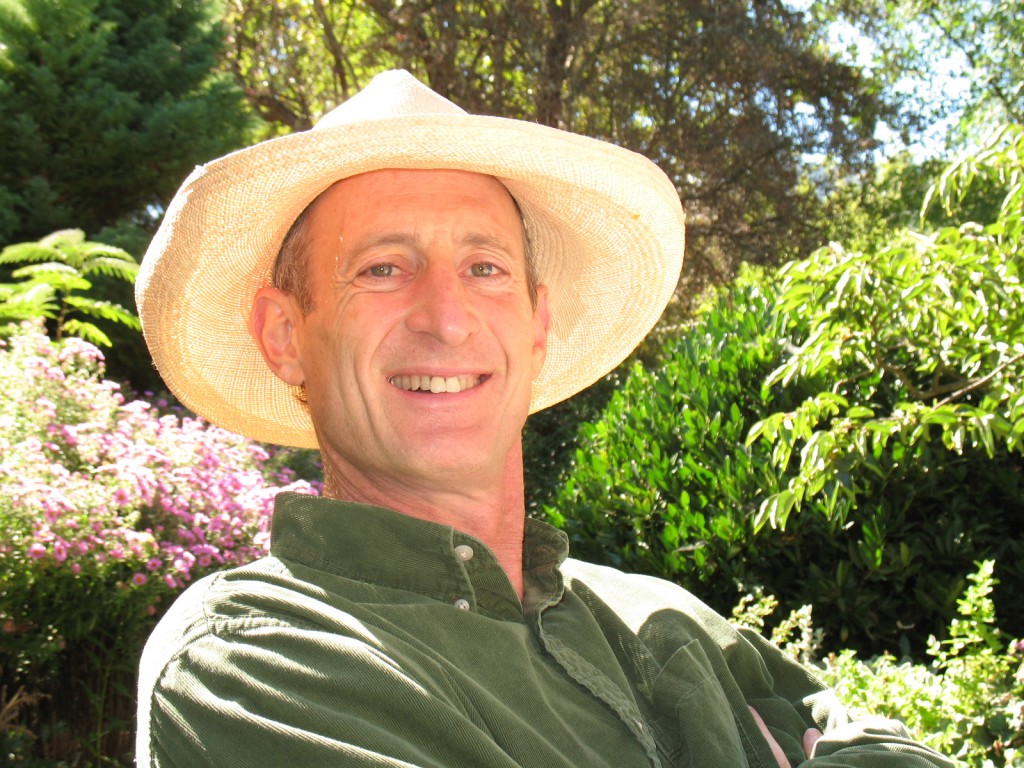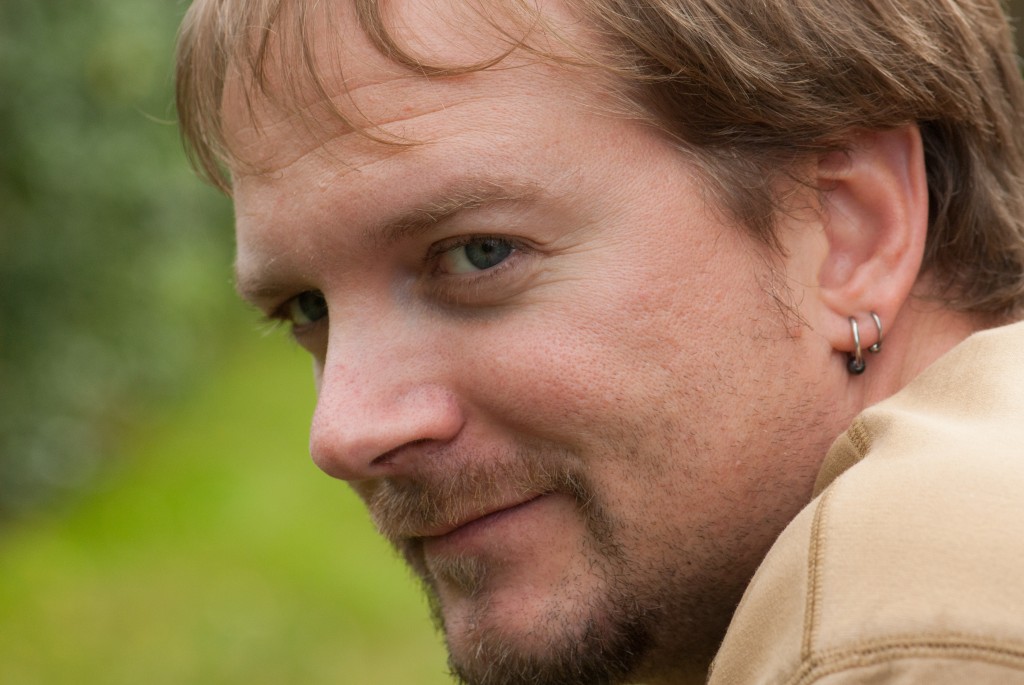In May 2015, the Zehr Institute for Restorative Justice organized and facilitated a “Restorative Justice Consultation” in Harrisonburg, VA. This was a gathering of 35 restorative justice practitioners and academics from across the globe to discuss the current state of the restorative justice field and start exploring a vision for where the field might go. One of the topics that was discussed was the decades-old discussion of how to implement best practices, standards of practice, and professionalism, with the aim of preventing harm done in the name of restorative justice.
Inevitably this conversation begins with someone expressing the concern that the current growth of restorative justice will lead to people and programs that don’t align with restorative justice values and principles, or worse, are causing further harm. Heads begin to nod, and the brainstorming begins on how to prevent this. The brainstorming session lands on the need for the field to agree upon standards, best practices, training minimums, and to develop a litmus test for programs and practitioners to determine how “restorative” they really are. But then we hear a warning from those who are committed to the grassroots and lay practice of restorative justice: the creation of standards by professionals is anathema to the very nature of restorative justice. Setting limits to the flexibility and creativity of restorative justice through comprehensive definitions, clear parameters, and hierarchical controls of the practice ultimately breaks down the foundations of restorative justice. For restorative justice to remain true to its values, it must remain responsive to the constantly changing and inherently unique needs that arise when harm occurs in any given community. Standards, the argument continued, will ultimately diminish the capacity of both professional and lay practitioners to respond to their communities’ or clients’ immediate and individual needs. With a deep sigh, the conversation temporarily ends with a stalemate.
Ultimately, what works our collective bellies into a knot is the idea that some entity who is not on the ground doing the work would determine the best practices for the rest of us. Even more alarming is the thought that this entity would hold programs and practitioners accountable to their abstract standards. But this thinking should give us pause. What if we saw these inevitable growth pains as an opportunity to grow and organize ourselves in accordance with our values and principles? Aren’t we supposed to be well-versed in what non-authoritative and non-hierarchical accountability looks like? If so, why have we not pursued the development of a way for us to be accountable to standards and each other without creating or depending on an authority structure? Why can’t we rely on restorative justice’s central and foundational value of relationship? Restorative justice maintains that meaningful accountability, outside any formal hierarchy, is based on relationship with each other. Responsive, transparent, and trusting relationships, coupled with thorough assessment and evaluation informed by those we serve, should be the cornerstone of a system of accountability.
In thinking through what we need to do to create such a system of accountability, three things come to mind.
As restorative justice practitioners, our personal identity is often deeply entwined with our work. Our passion and diligent work towards just communities and responses to harm is fueled by this identity. It also contributes to the difficulty of listening to a colleague tell us why they believe one of our programs may risk doing harm, or worse yet, not be restorative. How many of us would sit through that conversation without becoming defensive, without taking it personally, or without judgement of the person across from us? Our first step as practitioners is to diligently work towards being reflective practitioners, inviting criticism, questions, ideas for enhancement, all with an aim of moving our work towards the restorative end of the philosophical spectrum. Co-optation of our work (by ourselves or our funders) becomes significantly less likely if we aspire towards this kind of open and reflective practice.
In a conversation with Rachelle Cunliffe, Professor of Restorative Justice at Portland State University, she articulated that critical to being reflective is thorough and effective monitoring and evaluation. Cunliffe emphasized that we cannot be reflective or responsive, if the information we are reflecting on isn’t emerging from those we serve. We must work towards finding and utilizing resources to develop meaningful evaluation strategies that help us to hear the voices of those we serve, and then respond through consistent and committed program revision.
Lastly, we must be proactive in building relationships with each other, based on mutual responsibility and accountability. We should work towards risking enough with each other to speak out when a practice is highlighted that causes concern or pause – to trust that these difficult conversations will be entered into with respect and curiosity, not judgement. What would our practice and field look like if we began inviting these conversations, and thanking those that risk trusting us to hear.
That is our starting place, and that work begins every day for each one of us. This is not to say that an agreement upon standards of practice to guide our work won’t soon be necessary, useful and meaningful. But that’s not a problem. The bigger question is how do we enforce those standards and how do we hold each other accountable to them? I believe that the high value we place on relationships can guide us in this quest.
What do you think? Is accountability through relationship sufficient to prevent abuses or do we need more centralized enforcement? How could a web of relationship serve to create the level of accountability we are seeking? Would this model work for both professional and lay practitioners, in both urban and rural settings, for both indigenous and non-indigenous? To whom would you turn for feedback on your practice? Are you committed to being a reflective practitioner who is open to receiving feedback about your RJ practice? Let’s hear from each other on this subject, and in the coming years, collaborate to overcome what has been a reoccurring obstacle for the field of restorative justice.

Fred Perloff has been a volunteer restorative justice practitioner for Resolve Center for Dispute Resolution and Restorative Justice in Medford, OR. He also serves as a facilitator for the Oregon Department of Corrections’ Facilitated Dialogue Program for survivors of serious & violent crime.
Mat thew Hartman currently is a Principal with Just Outcomes (www.justoutcomesconsulting.com) and the Restorative Justice Coordinator for Clackamas County Juvenile Department
in Oregon City, OR. He also serves as the President for the Restorative Justice Coalition
of Oregon and on the Steering Committee for the NW Justice Forum.
thew Hartman currently is a Principal with Just Outcomes (www.justoutcomesconsulting.com) and the Restorative Justice Coordinator for Clackamas County Juvenile Department
in Oregon City, OR. He also serves as the President for the Restorative Justice Coalition
of Oregon and on the Steering Committee for the NW Justice Forum.


